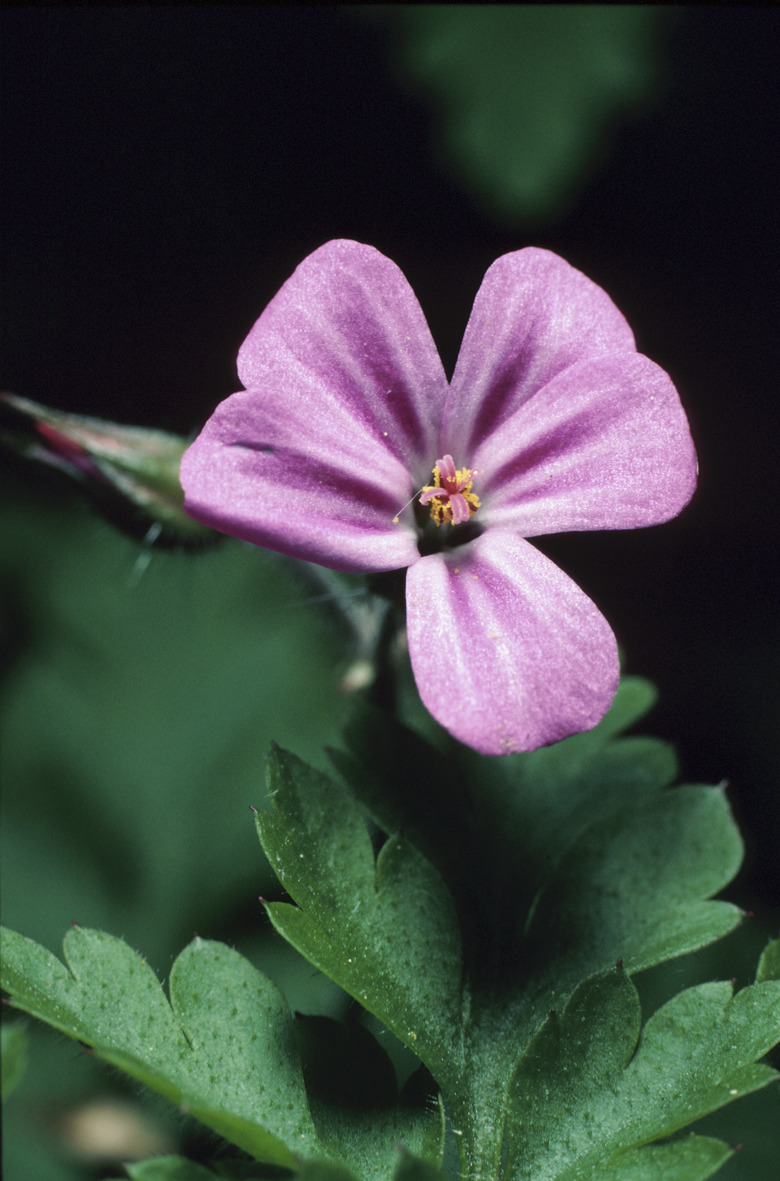Citronella Propagation
Two different species are sometimes called citronella plant. The plant used to make citronella oil, citronella grass (Cympobogon nardus), is a tropical grass that grows as a perennial in U.S. Department of Agriculture plant hardiness zones 10 through 12. The citronella-scented geranium (Pelargonium citrosa), or mosquito plant, is a tender perennial in USDA zones 9 through 11. Both can be grown as annuals in colder climates and you can also grow them in pots and bring them indoors for the winter.
Vegetative Propagation
Step 1
Citronella grass is a clumping plant that divides easily to make more plants. The plant is made up of many individual clumps, called culms. Any culm can be removed from the parent plant at the base and planted in a pot or in the ground. Using a sharp spade or trowel, slice down into the soil when dividing culms to be sure they are removed with some roots attached. Water frequently until the new plant has established a root system and begun to grow. The oils in the plant may cause skin irritation or raise your heart rate, so be careful when working with citronella plant.
- Two different species are sometimes called citronella plant.
- The plant used to make citronella oil, citronella grass (Cympobogon nardus), is a tropical grass that grows as a perennial in U.S. Department of Agriculture plant hardiness zones 10 through 12.
Cuttings
Step 1
Citronella-scented geranium is easily propagated from stem cuttings. Take the cuttings from the midsections of the stems because the stem tips are too soft and dry out easily, while the bottoms of the stems are woody and don't form roots easily. The cuttings should be 4 to 6 inches long, but more importantly they must have at least two leaf nodes — the raised buds along the stem that leaves or new stems can grow from. Remove all but the top two leaves from the cutting.
Rooting
Step 1
Stem cuttings of citronella-scented geranium root easily in perlite, though you can use potting soil. Stick the cuttings into the rooting medium immediately so they do not dry out and place the pot in a warm spot with indirect or filtered sunlight. There should be at least one node above the rooting medium and one below the level of the soil or perlite. Keep the rooting medium evenly moist and spray the leaves with water daily. Roots should form within two weeks. The cuttings can be potted until they are large enough to plant in the ground.
- Citronella-scented geranium is easily propagated from stem cuttings.
- The cuttings should be 4 to 6 inches long, but more importantly they must have at least two leaf nodes — the raised buds along the stem that leaves or new stems can grow from.
Season
Step 1
Both plants should be propagated in late spring so they can grow to full size before winter. If you're propagating to overwinter these tender perennials, take the cuttings or divisions in early fall and keep them in a bright, sunny window until spring. Water the plants regularly throughout winter. Once all danger of frost has passed, you can plant them outside.
